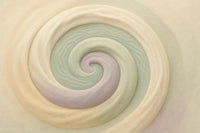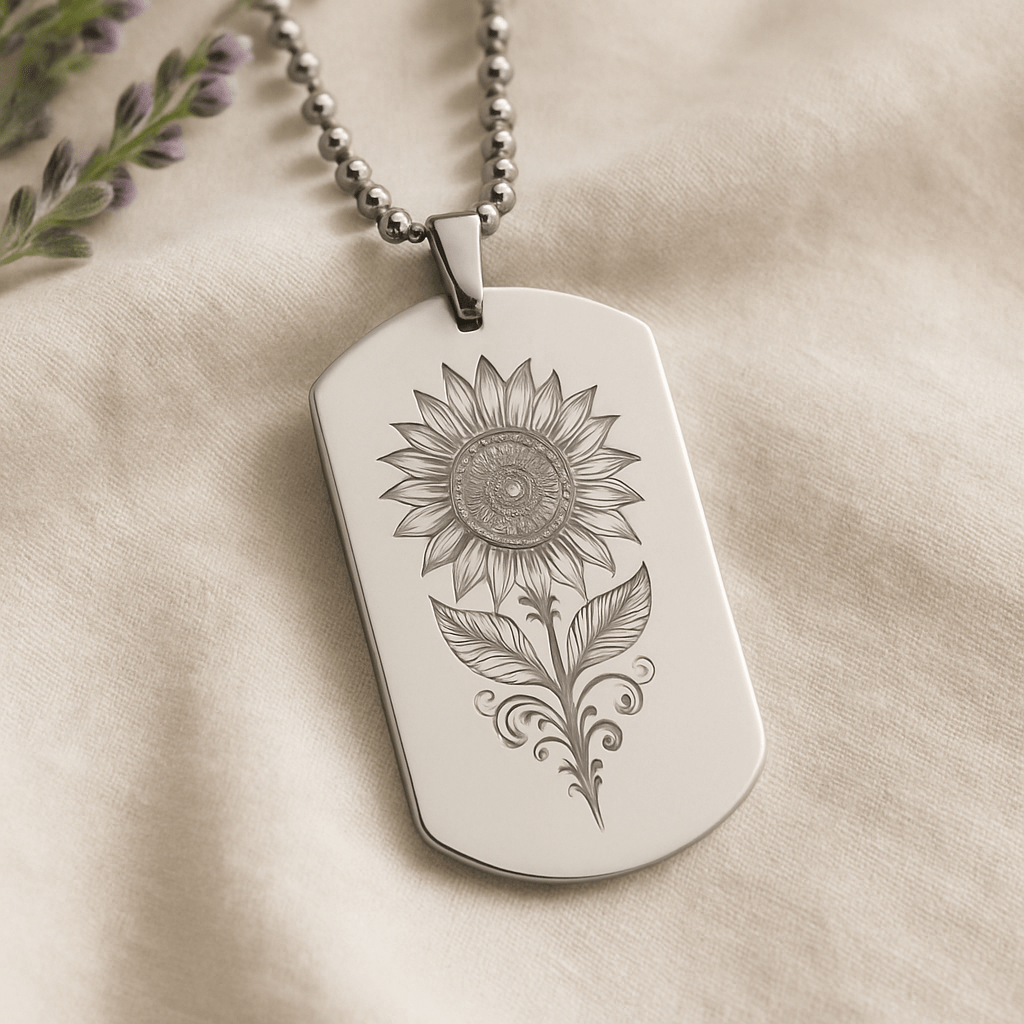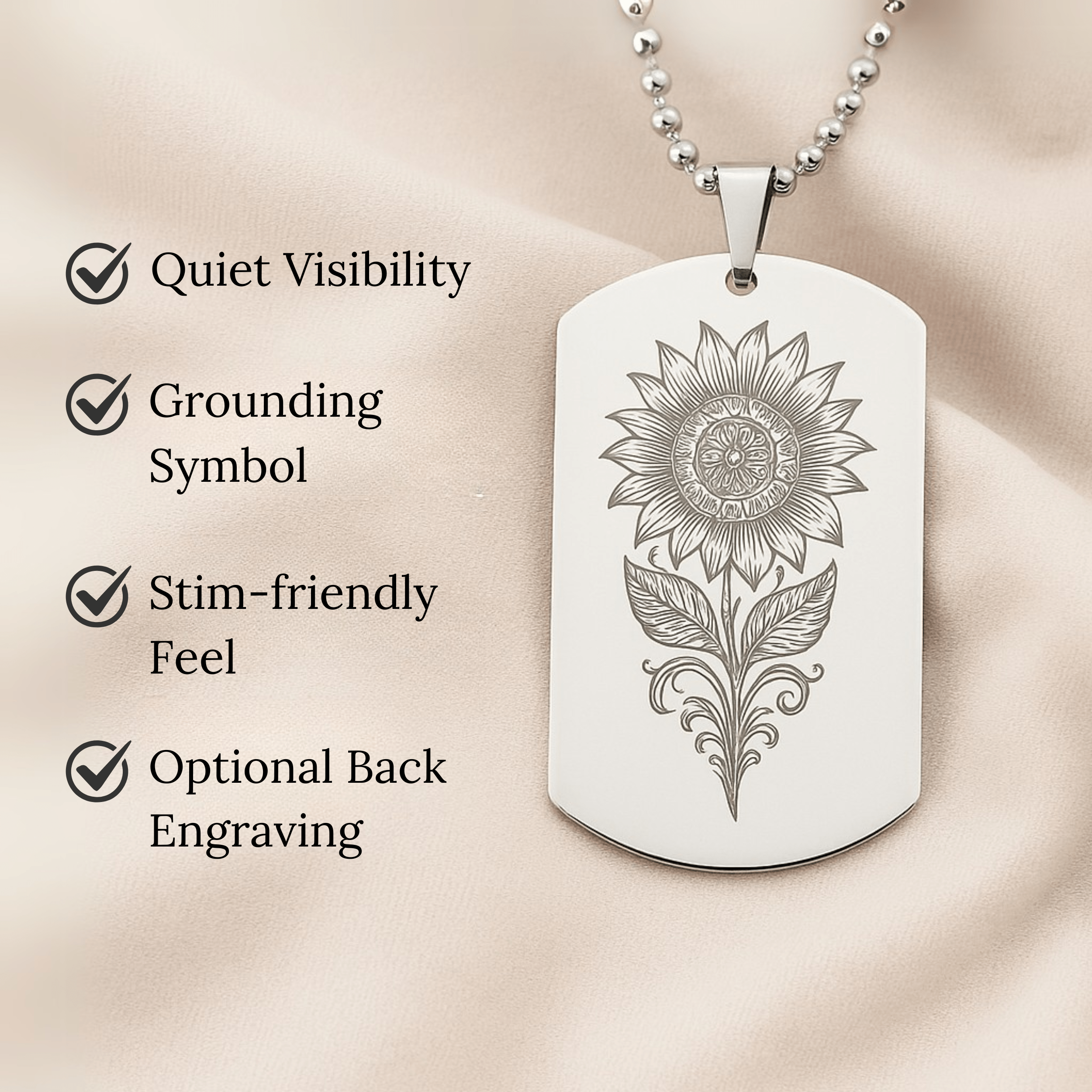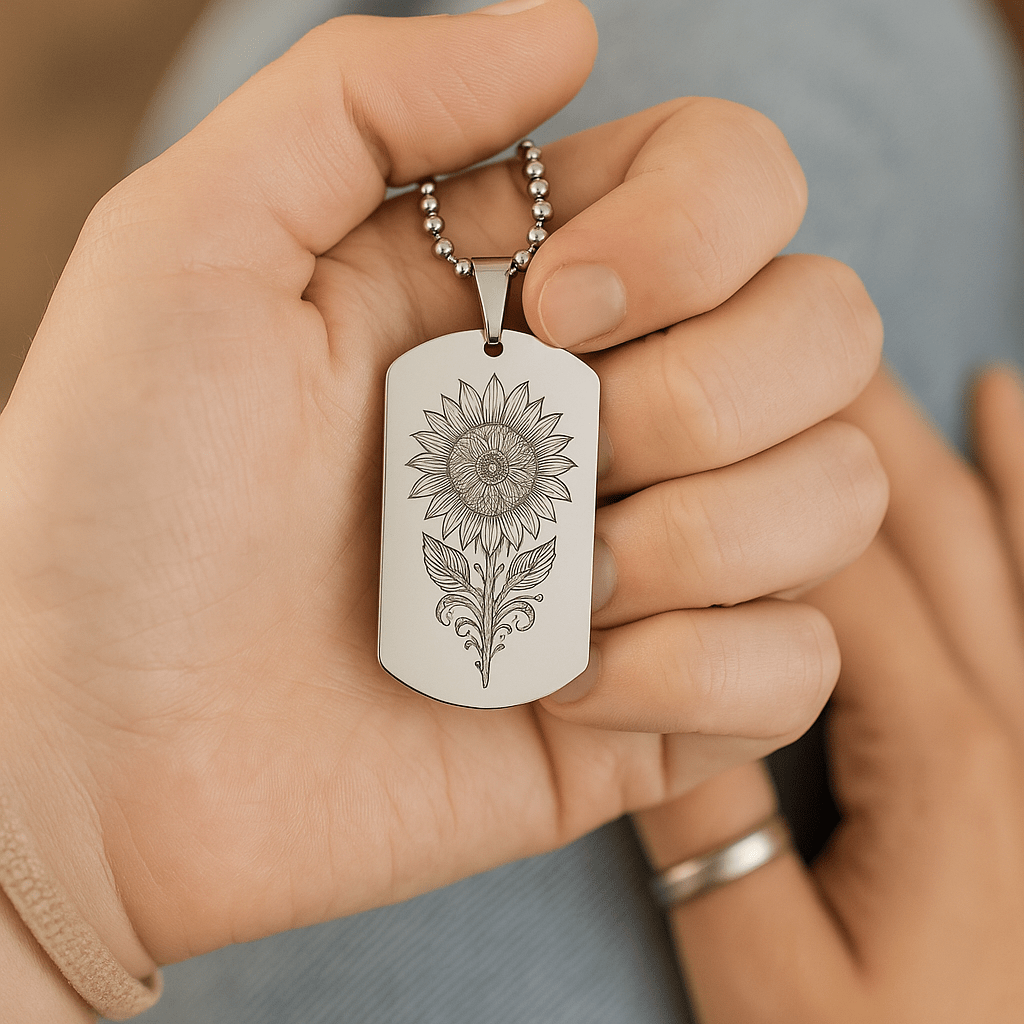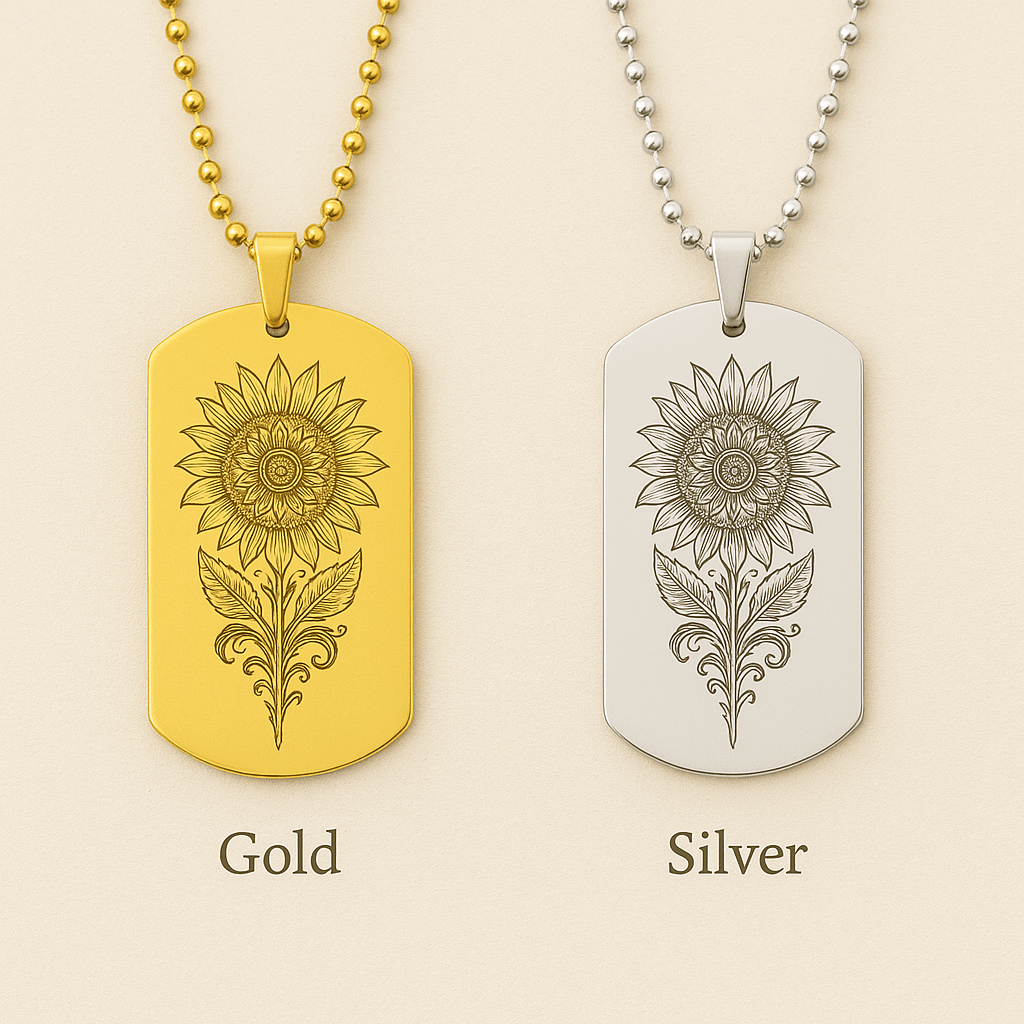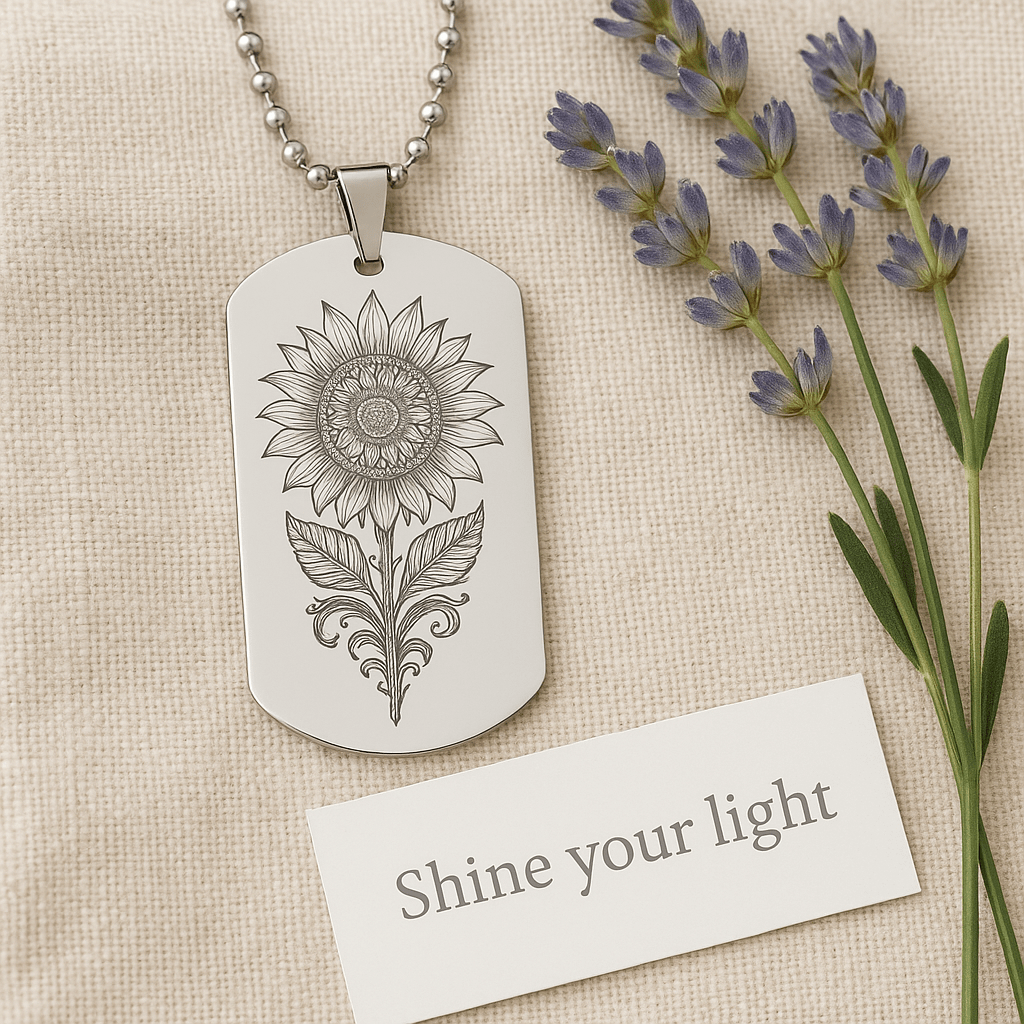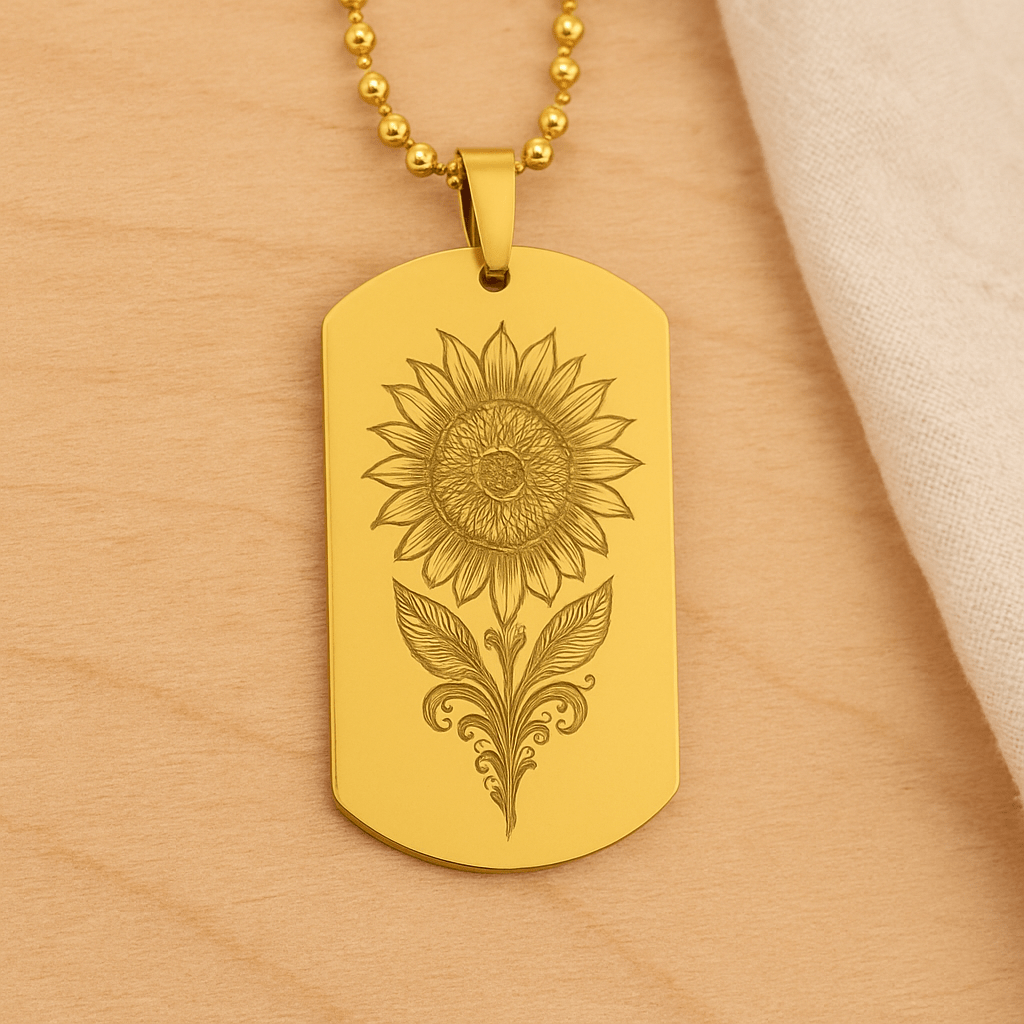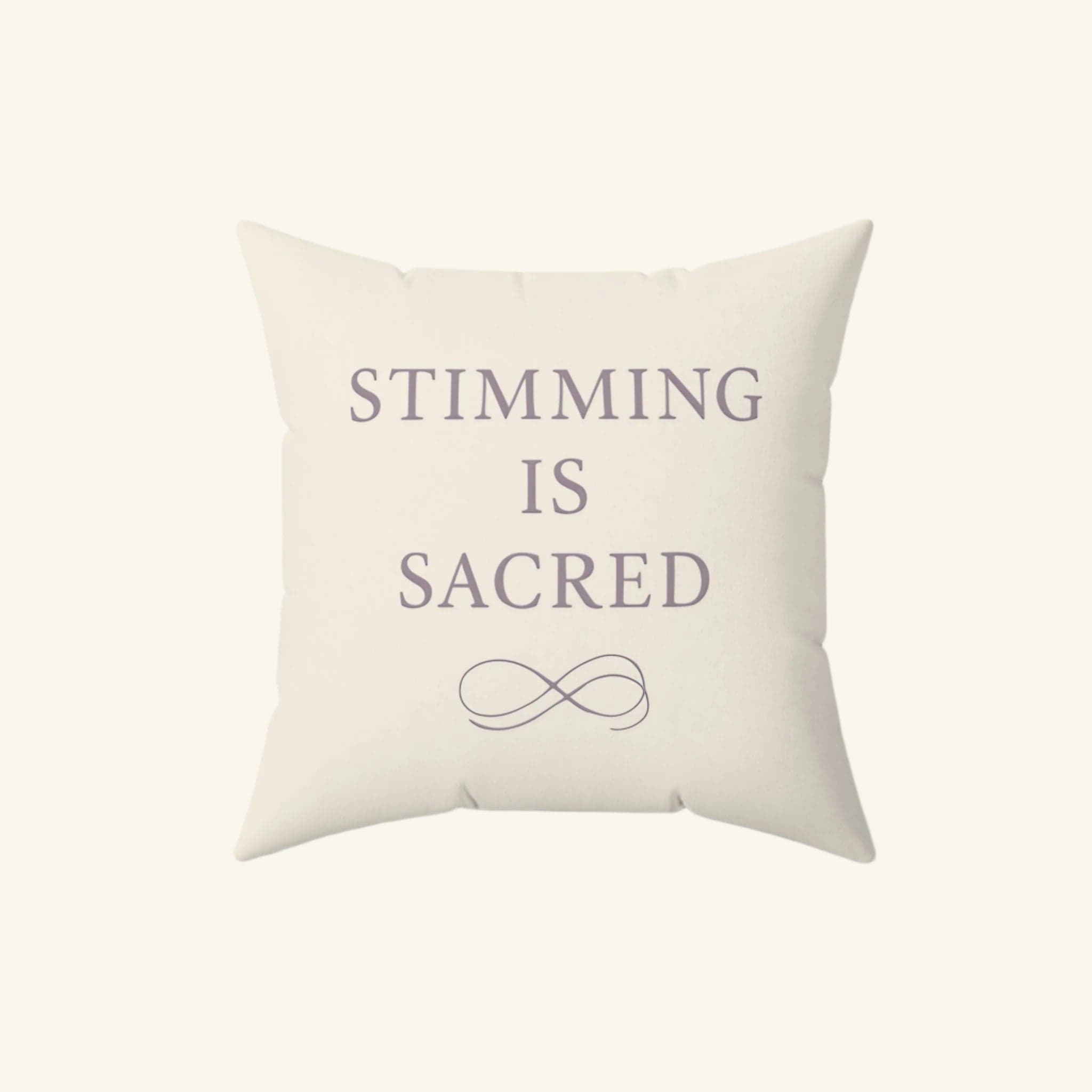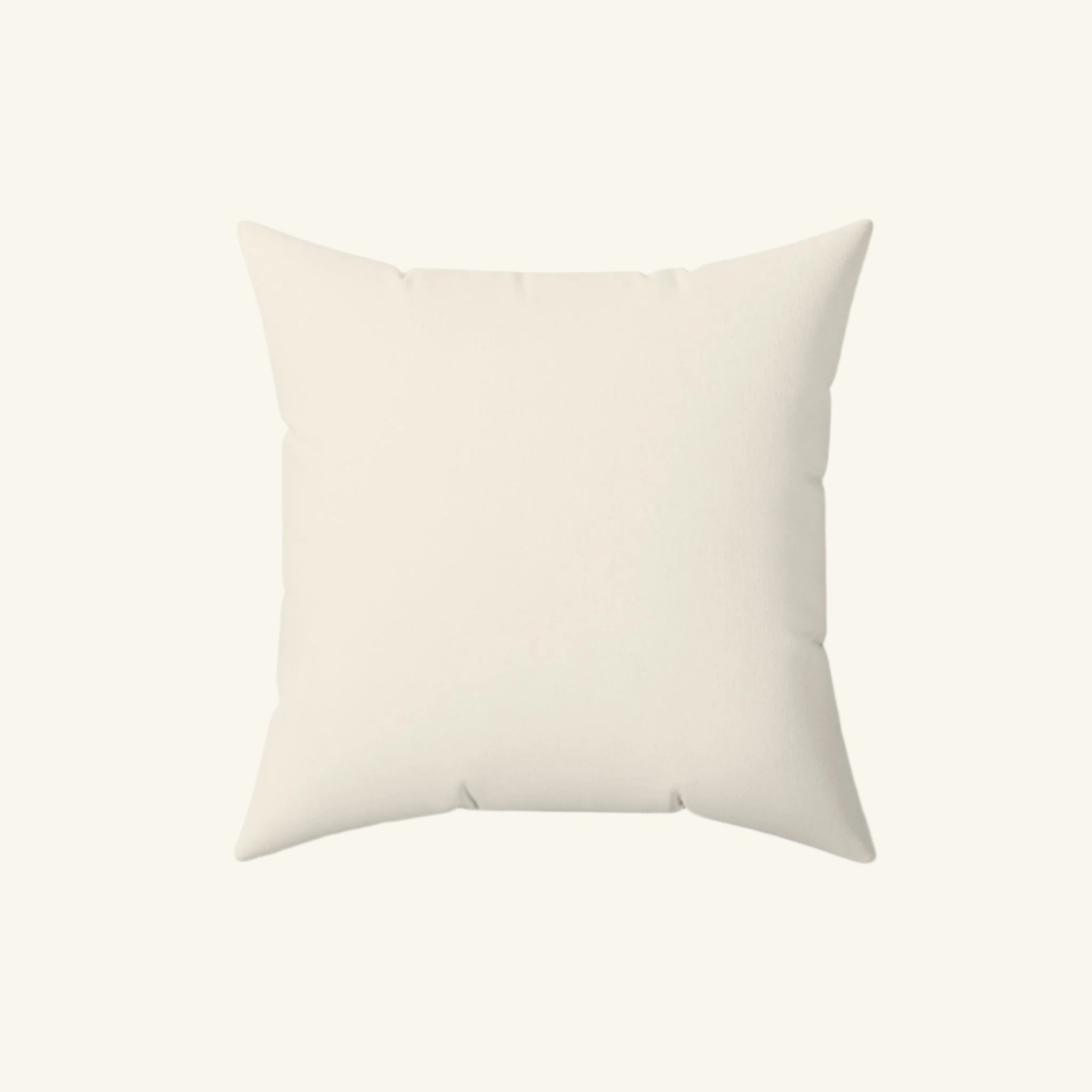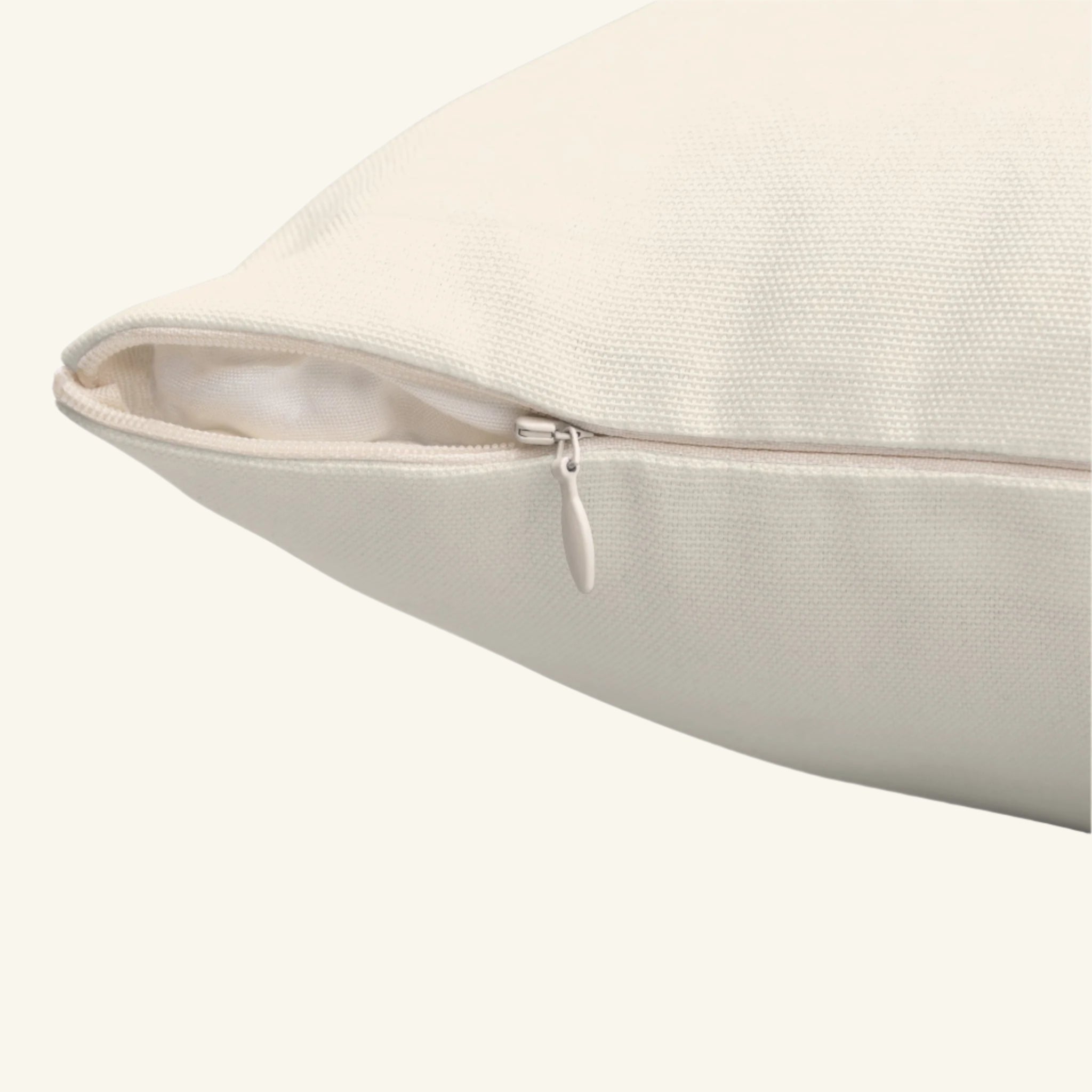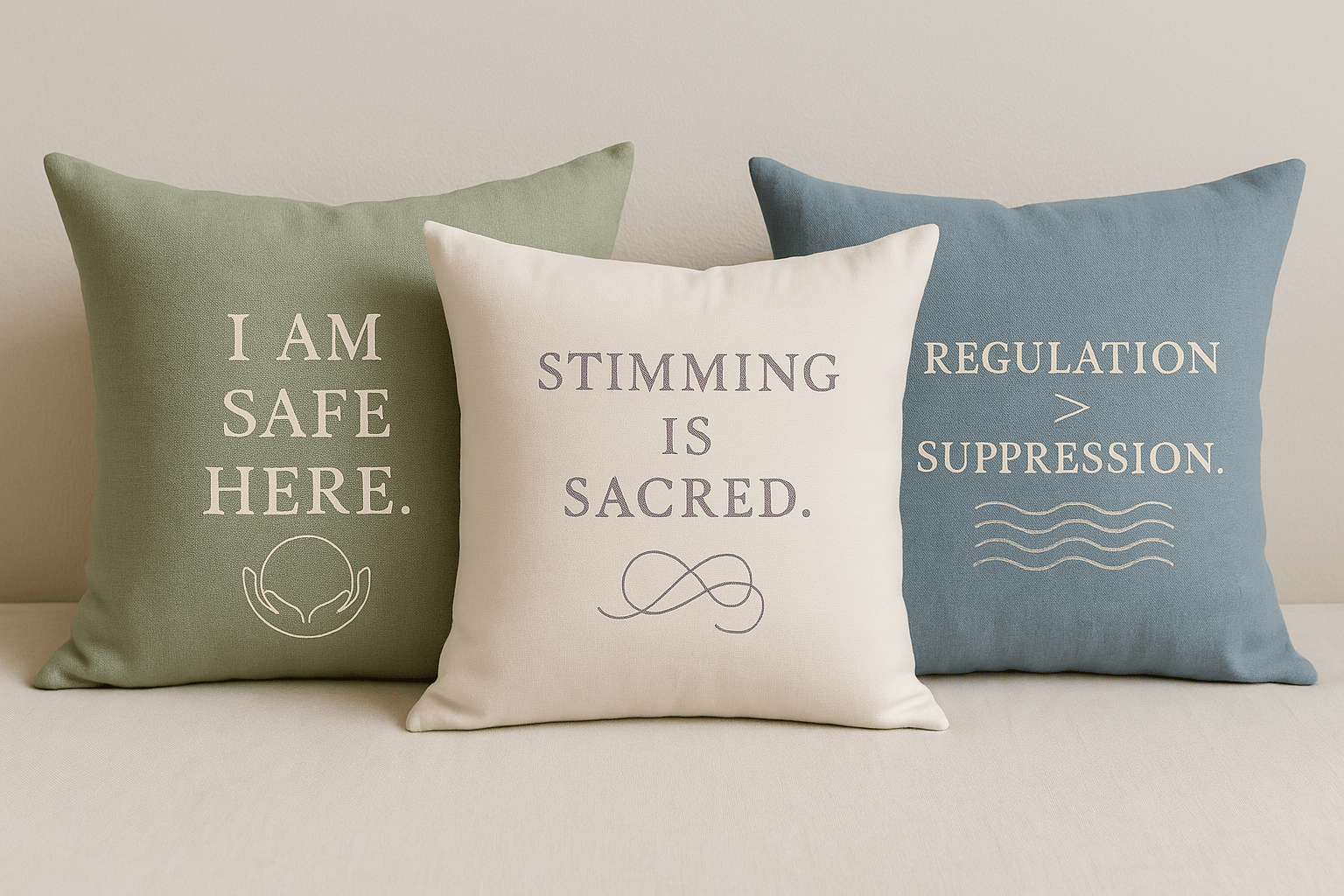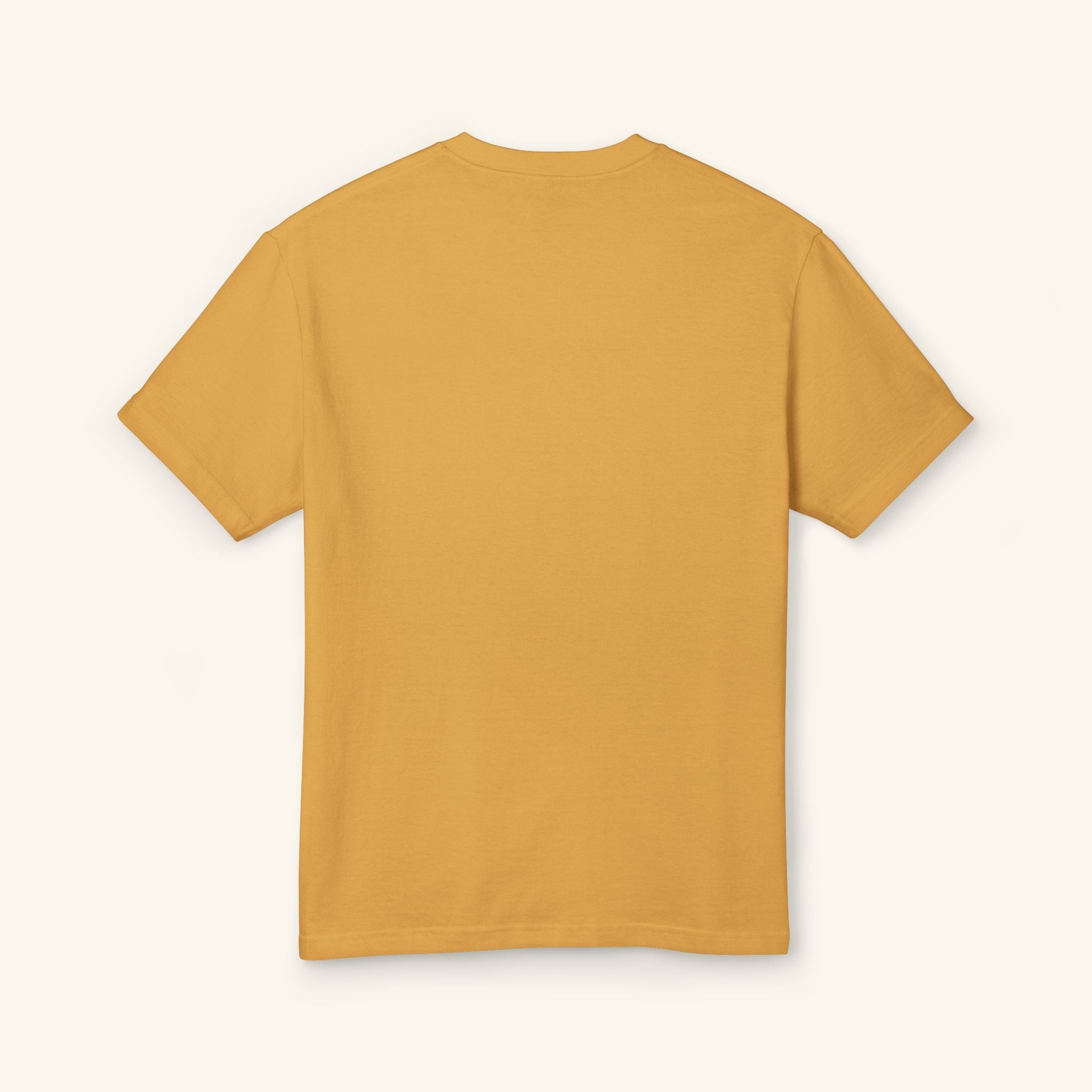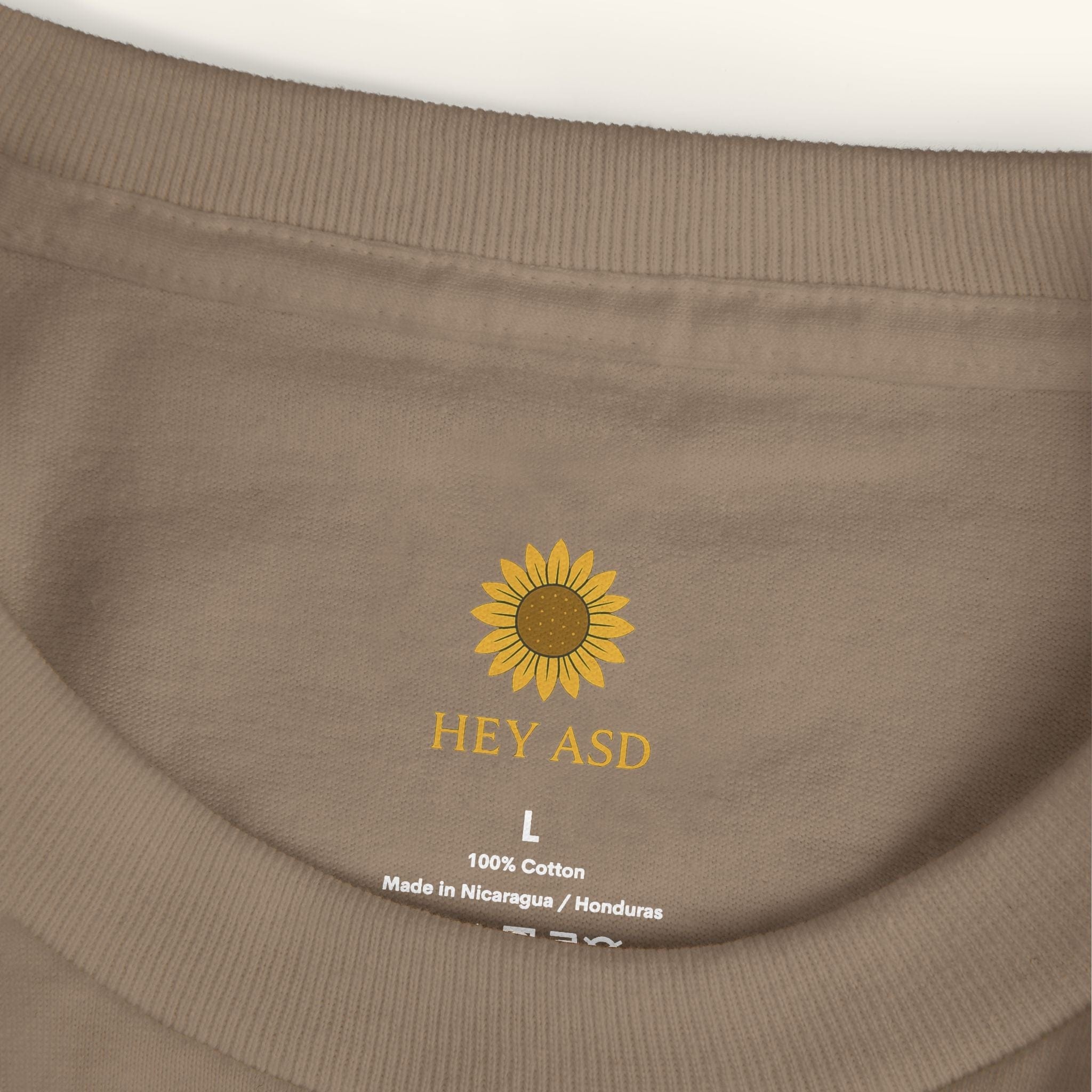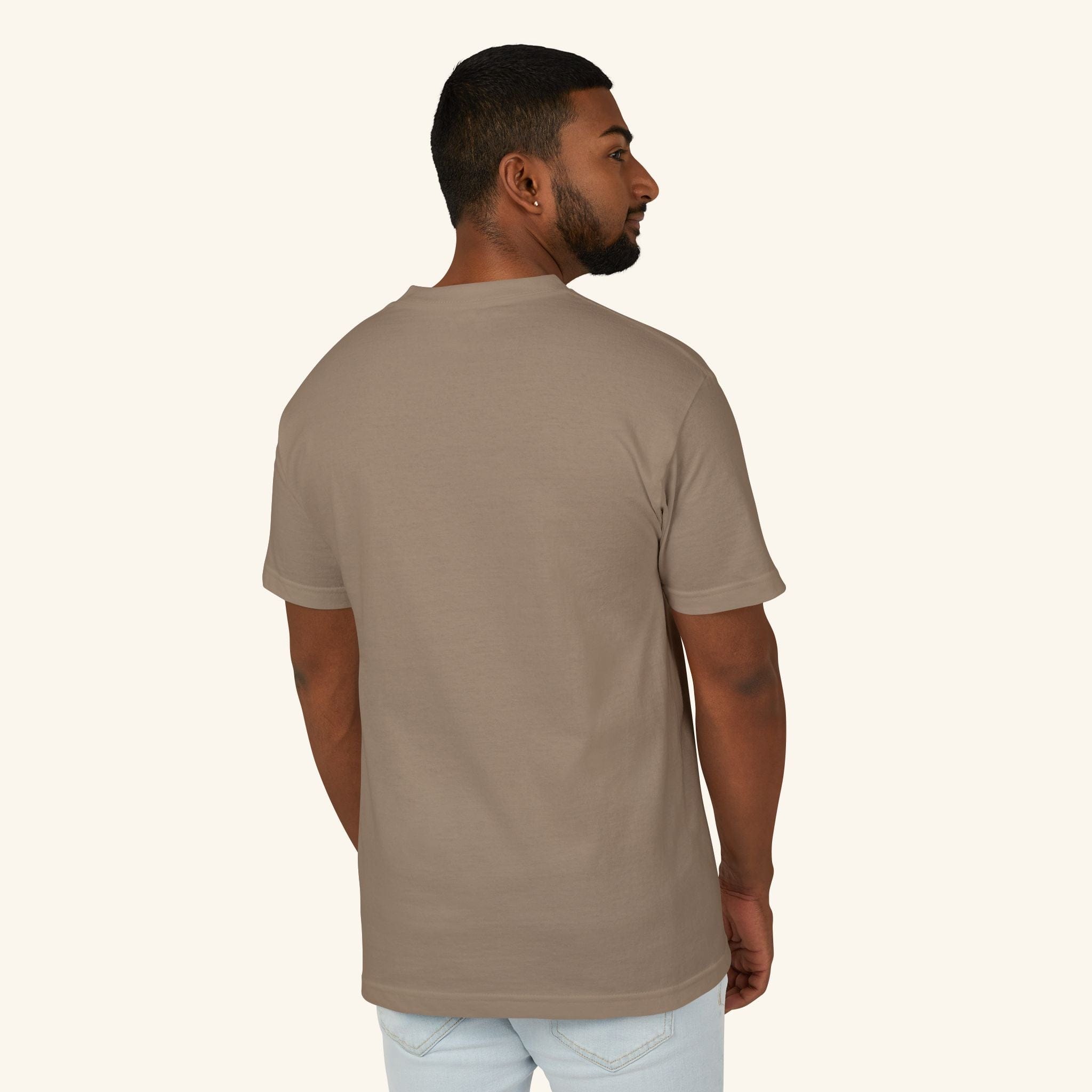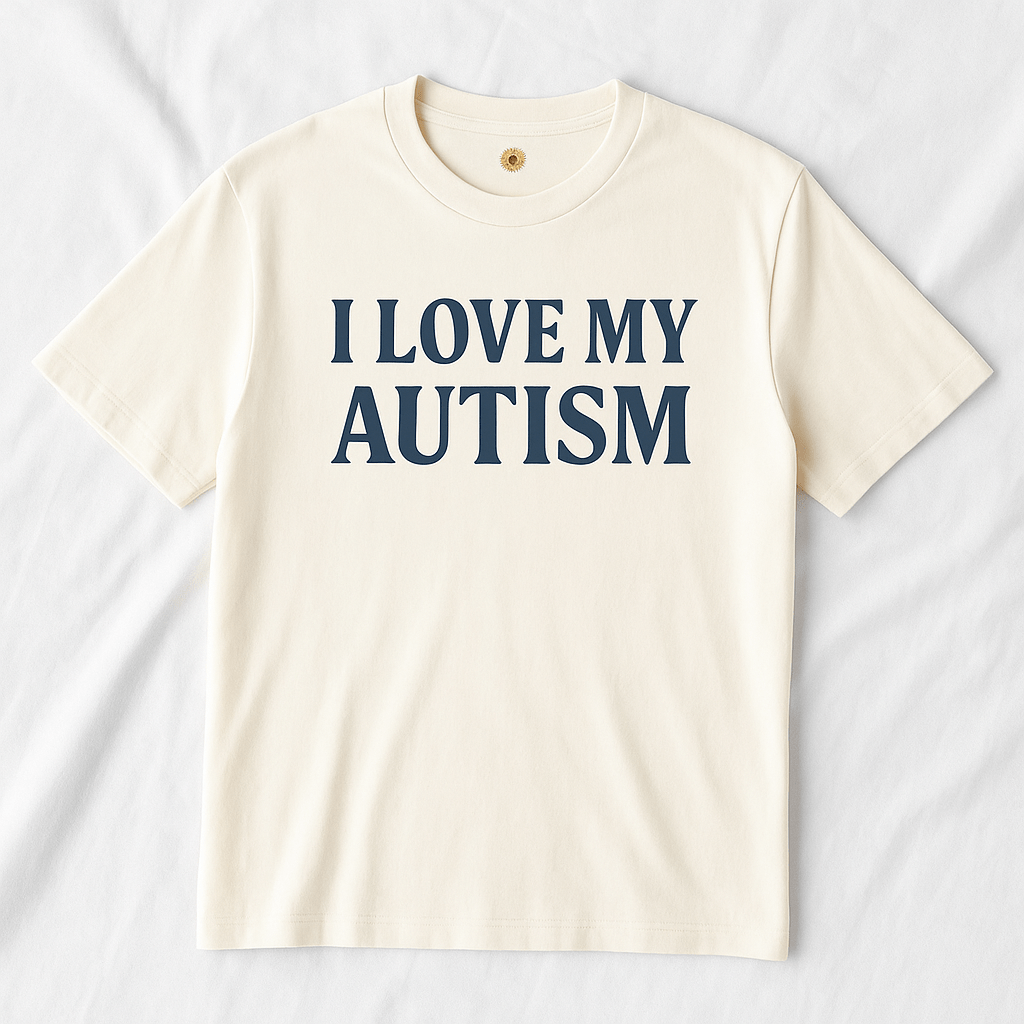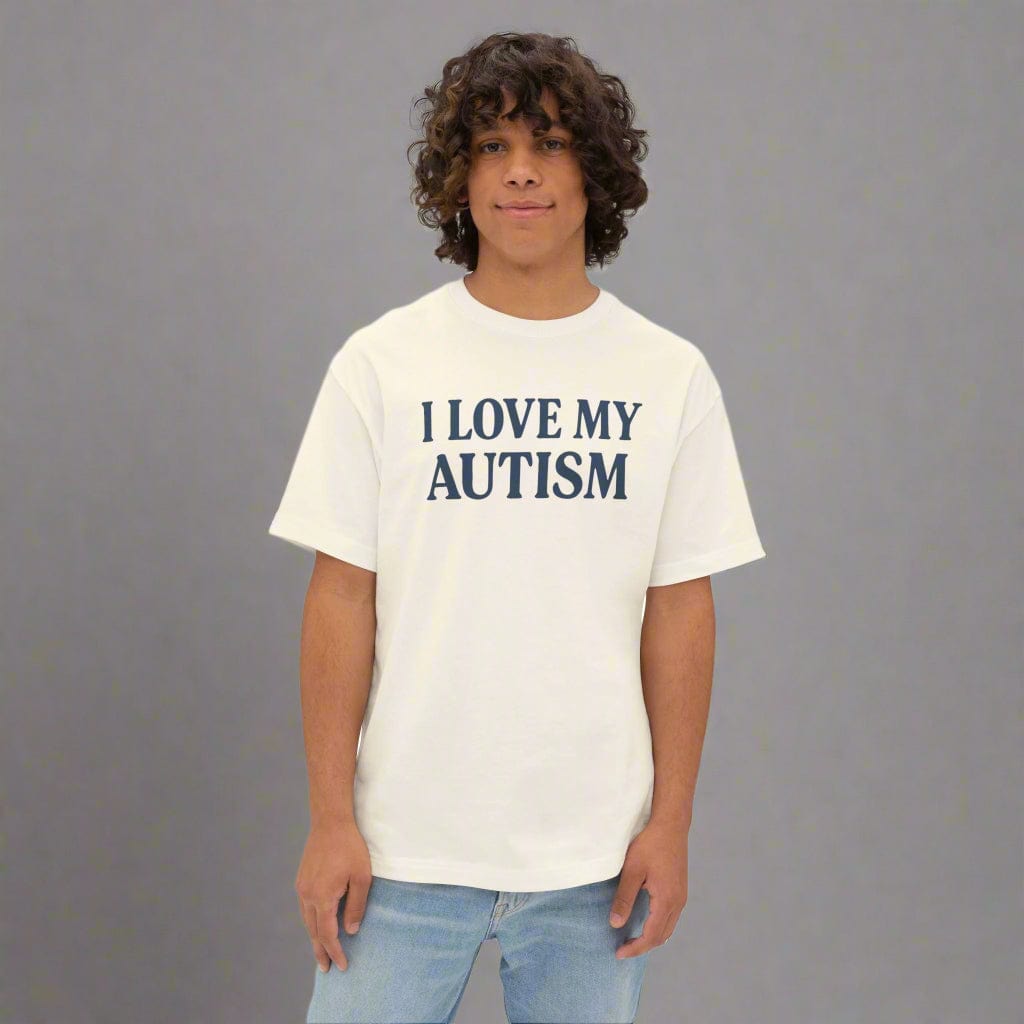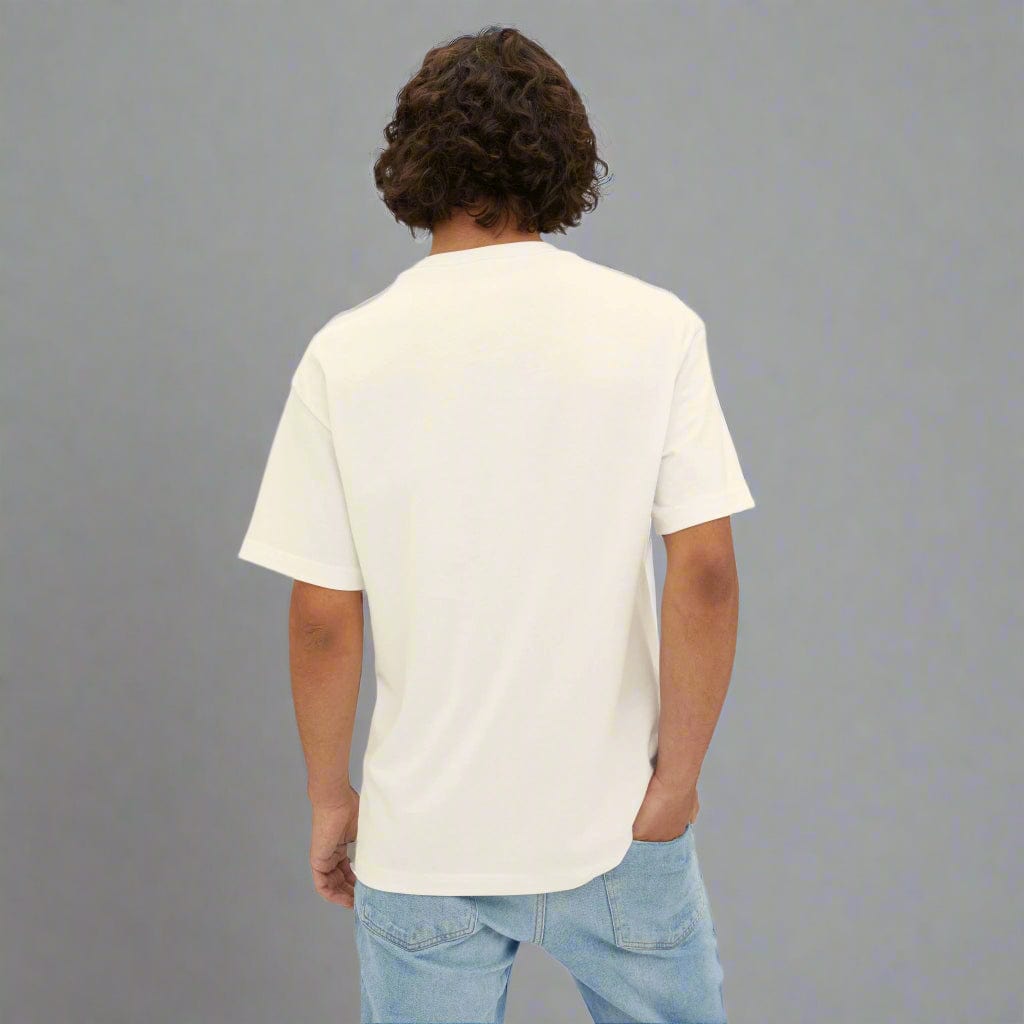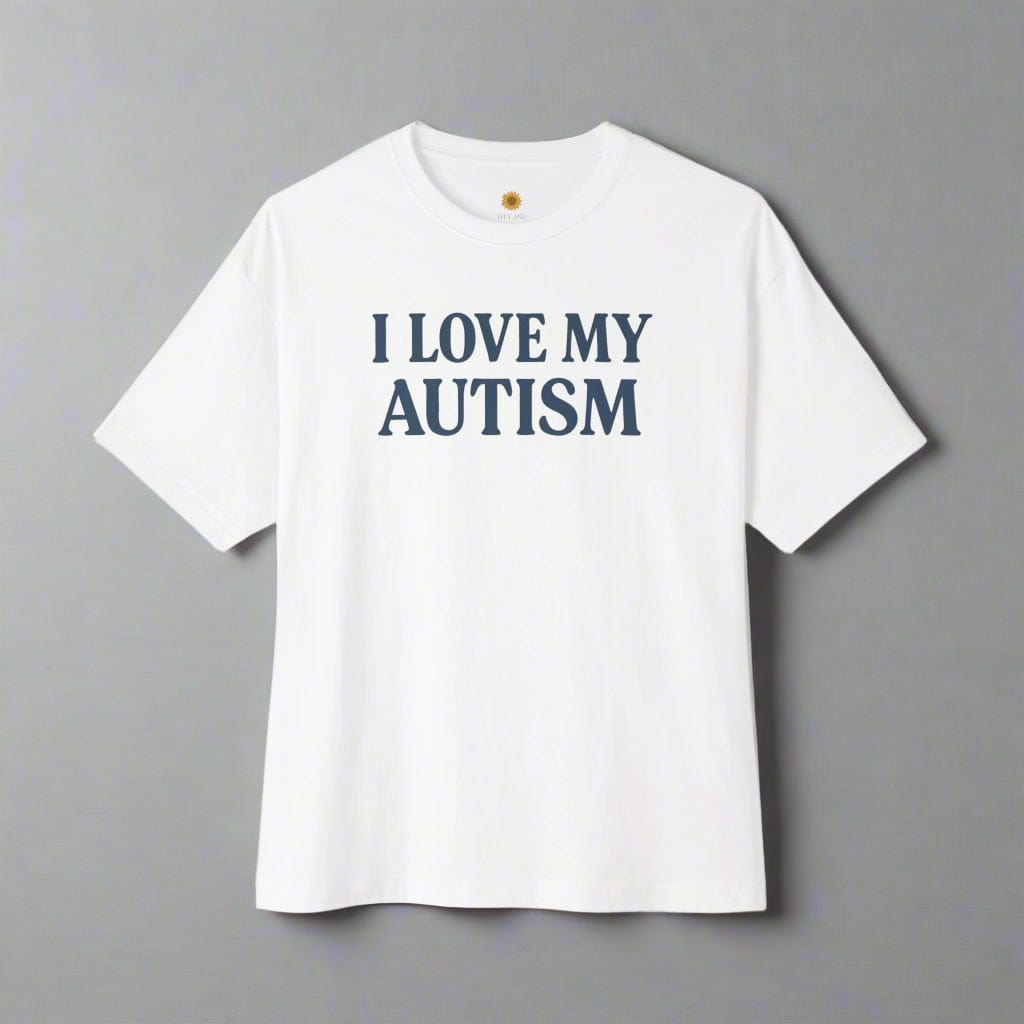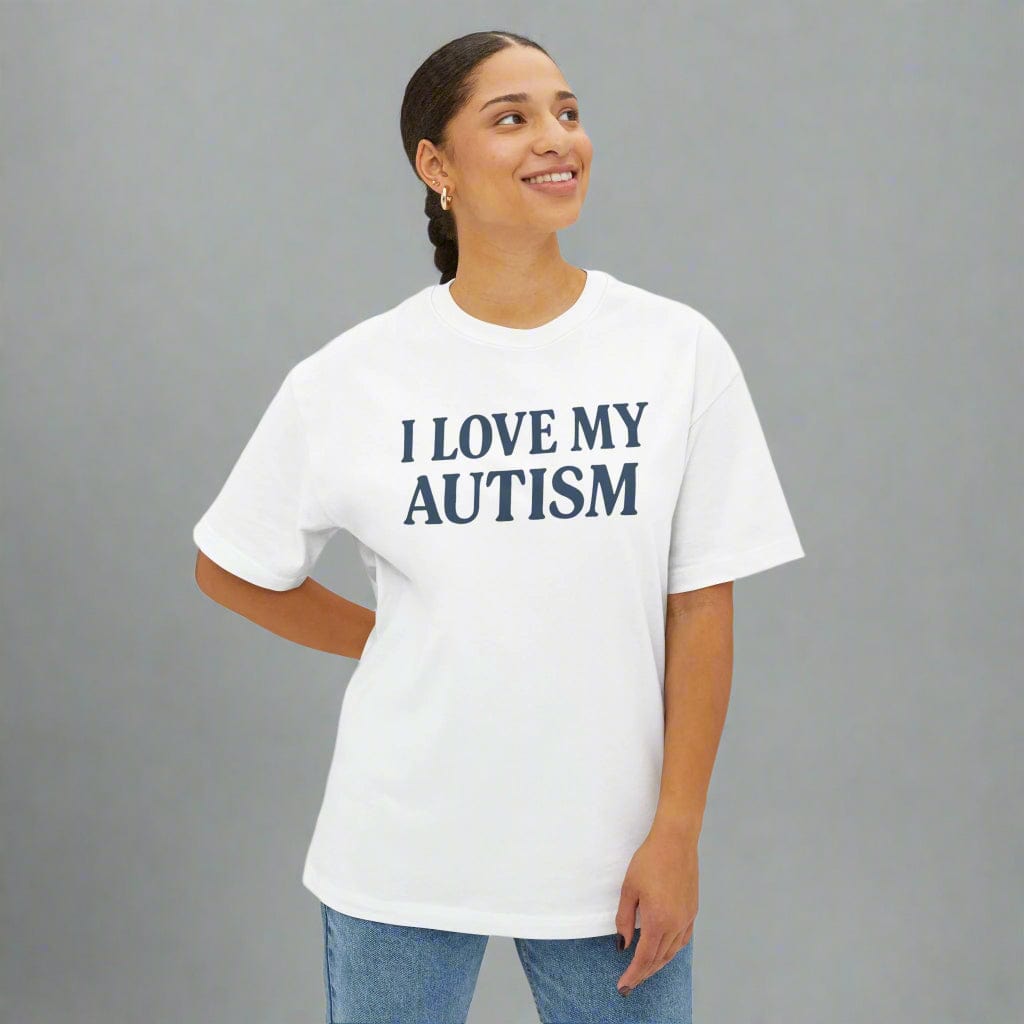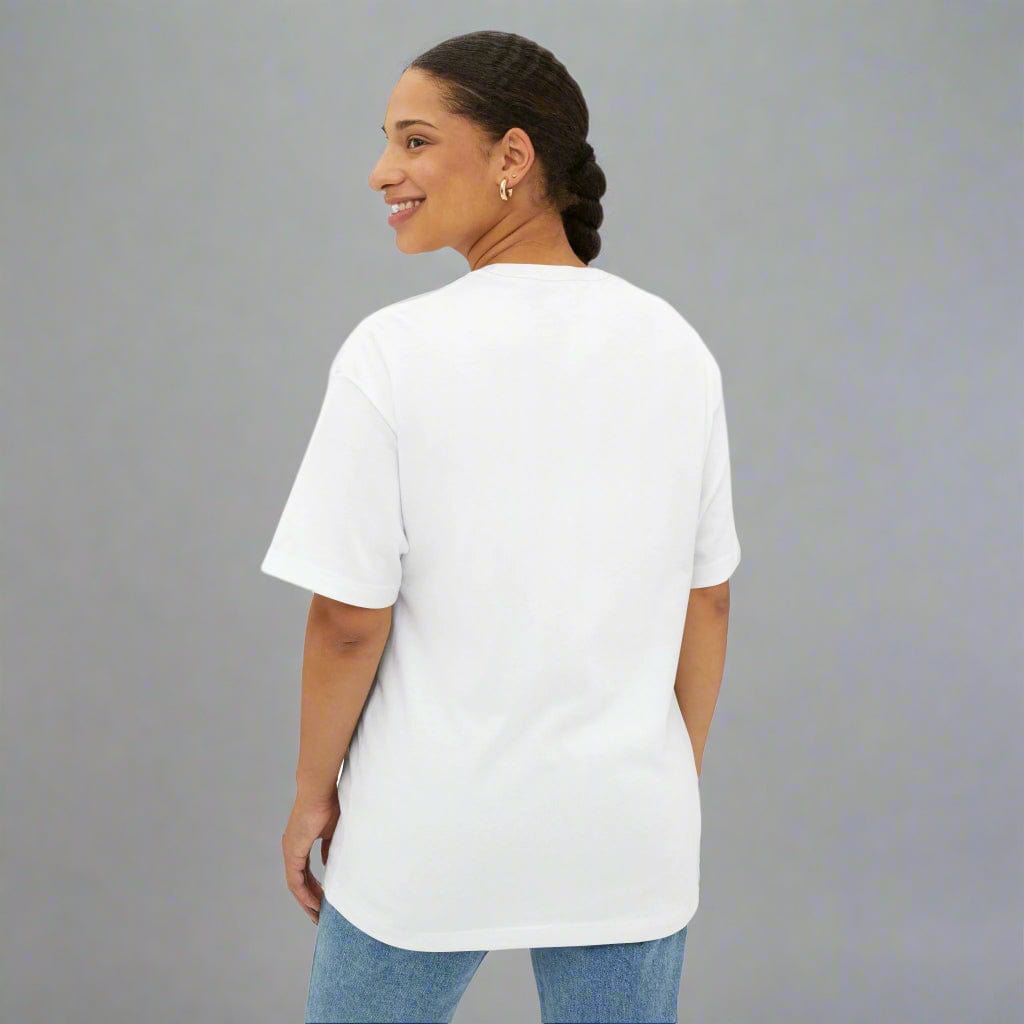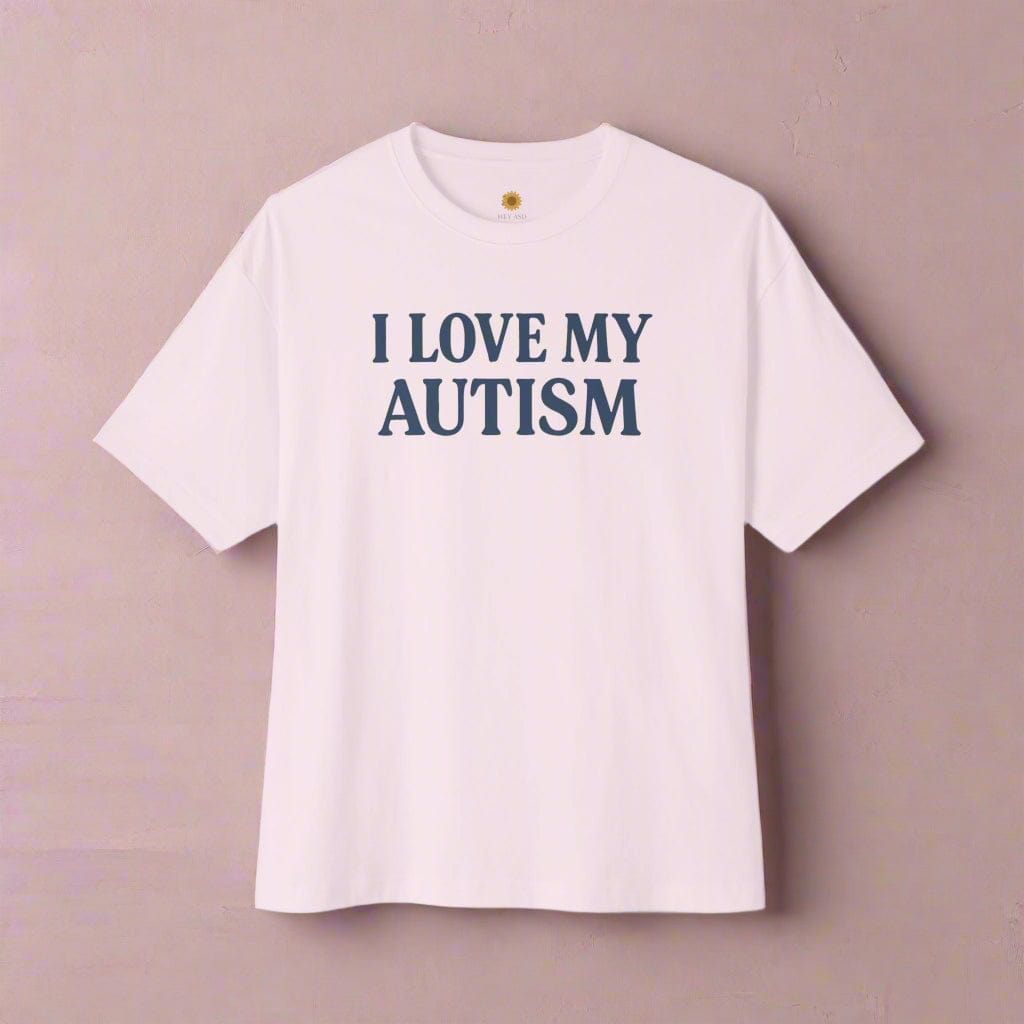How to Use Autism Sensory Wall Art Effectively

Written by the HeyASD Editorial Team
Creating an effective sensory wall for individuals with autism can be a game-changer. Sensory wall art can offer both stimulation and calm, helping to create a balanced environment. By choosing the right textures, colors, and interactive elements, you can make a space that is both engaging and soothing. This article will guide you on how to use autism sensory wall art effectively, from selecting the right pieces to maintaining and updating the art.
Key Takeaways
- Sensory wall art can provide both stimulation and calm for individuals with autism.
- Choosing the right textures and colors is crucial for creating an effective sensory wall.
- Interactive elements can enhance engagement and sensory exploration.
- Regular maintenance and updates keep the sensory wall engaging over time.
- Combining sensory wall art with other sensory tools can create a multi-sensory environment.
Understanding the Purpose of Autism Sensory Wall Art
The Role of Sensory Stimulation
Sensory wall art plays a crucial role in providing the right sensory input for individuals with autism. By offering various textures, colors, and interactive elements, these walls help regulate the sensory system. This regulation can lead to increased comfort and enjoyment in their surroundings.
Benefits for Individuals with Autism
Sensory wall art offers numerous benefits for individuals with autism. It can help with:
- Reducing anxiety and stress
- Improving focus and attention
- Enhancing fine motor skills
- Encouraging visual stimming in a controlled manner
Creating a Calming Environment
A well-designed sensory wall can create a calming environment. By incorporating soothing colors and gentle patterns, these walls can help individuals with autism feel more relaxed and centered. This is especially important in spaces like sensory rooms or therapy areas.
Sensory walls are more than just decorations; they are essential tools for creating a supportive and calming environment for individuals with autism.
Selecting the Right Sensory Wall Art

Types of Sensory Wall Art
When choosing sensory wall art, it's important to understand the different types available. Interactive pieces can engage multiple senses, while textured art provides tactile stimulation. Nature-inspired artwork can create a calming atmosphere, and abstract designs can stimulate creativity.
Factors to Consider
Selecting the right sensory wall art involves considering several factors:
- Safety: Ensure the art is safe and durable.
- Engagement: Choose pieces that will engage the senses effectively.
- Theme and Color Scheme: Align the art with the room's overall theme and colors.
- Ease of Maintenance: Opt for art that is easy to clean and maintain.
Customizing for Individual Needs
Every individual has unique sensory needs. Customizing sensory wall art to meet these needs can enhance its effectiveness. Consider the preferences and sensory triggers of the individual. For example, some may prefer soft textures, while others might enjoy vibrant colors or interactive elements.
Get creative with your sensory wall art. Incorporate elements that cater to the specific needs and preferences of the individual to create a truly personalized sensory experience.
Incorporating Textured Surfaces
Types of Textures
Incorporating various textures into sensory wall art can provide a rich tactile experience. Different materials like soft fabrics, rough surfaces, and smooth items can be used. Each texture offers a unique sensory input that can be both calming and stimulating.
Benefits of Tactile Stimulation
Tactile stimulation is crucial for individuals with autism. It helps in developing fine motor skills and can be very calming. Engaging with different textures can also promote sensory exploration and reduce anxiety.
DIY Textured Art Projects
Creating your own textured art projects can be a fun and rewarding experience. You can use items like buttons, sandpaper, colorful pom-poms, and furry fabric. Attach these items to a board and let your child explore. This not only makes the art piece unique but also ensures it meets the specific sensory needs of the individual.
Using Visual Elements Effectively
Color Choices and Their Impact
Colors can have a big effect on mood and behavior. Soft, cool colors like blue and green can create a calming atmosphere, while bright colors like red and yellow can be stimulating. When choosing colors, think about the individual's needs and preferences.
Incorporating Visual Patterns
Patterns can be very engaging for those who enjoy visual stimming. Simple, repetitive patterns can be soothing, while more complex designs can stimulate curiosity and focus. Consider using patterns in wall art, rugs, or even furniture.
Interactive Visual Features
Interactive elements like light-up panels or moving parts can make the sensory wall more engaging. These features encourage exploration and can help improve fine motor skills. Just make sure they are safe and easy to use.
Integrating Interactive Features
Types of Interactive Elements
Incorporating interactive features into a sensory room can enhance the experience for individuals with autism. These elements encourage engagement, exploration, and sensory stimulation, contributing to a well-rounded sensory environment.
- Sensory Wall Panels: These panels provide tactile experiences that can be both calming and stimulating. They can include various textures, buttons, and interactive elements that invite touch and exploration.
- Bubble Tubes: These captivating features provide visual stimulation and relaxation. The vertical tubes filled with water and bubbles create a mesmerizing effect.
- Fiber Optic Lights: Offering a unique sensory experience with vibrant colors and gentle light patterns, these lights can create a calming atmosphere or stimulate visual engagement.
Encouraging Engagement
Interactive elements are designed to encourage engagement and exploration. Sensory wall panels with different textures and buttons can invite touch and interaction, promoting sensory exploration. Bubble tubes and fiber optic lights can captivate attention and provide a soothing visual experience.
Safety Considerations
Safety is paramount when integrating interactive features. Ensure that all elements are securely installed and free from hazards. For example, fiber optic lights are safe to touch and generate minimal heat, making them a safe option for sensory rooms. Always maintain clear pathways and secure furniture to prevent accidents.
By thoughtfully combining interactive elements with safety measures, a sensory room can provide a supportive and engaging environment for individuals with autism.
Placement and Arrangement Tips
Optimal Locations for Sensory Art
Choosing the right spot for sensory wall art is crucial. High-traffic areas like hallways or common rooms can be ideal, as they offer frequent engagement opportunities. However, quieter spaces like bedrooms or therapy rooms can provide a more calming experience.
Balancing Different Elements
When arranging sensory wall art, it's important to balance various elements. Mix and match textures, colors, and interactive features to create a harmonious environment. Avoid overcrowding the space, as too many stimuli can be overwhelming.
Creating a Cohesive Space
A cohesive space is key to an effective sensory environment. Use a consistent color scheme and theme throughout the room. Incorporate complementary sensory tools like weighted blankets or sensory bins to enhance the overall experience.
Thoughtful placement and arrangement of sensory wall art can significantly impact its effectiveness, making the environment both engaging and soothing.
Maintaining and Updating Sensory Wall Art
Regular Maintenance Tips
Keeping sensory wall art in top shape is essential. Regular cleaning prevents dirt and germs from building up. Use mild soap and water for most surfaces. For electronic elements, follow the manufacturer's cleaning instructions.
- Inspect for loose parts or wear and tear.
- Ensure all elements are securely attached.
- Check for any potential hazards like sharp edges.
Updating Art for Continued Engagement
To keep the sensory wall engaging, update it periodically. Swap out old elements for new ones that match the individual's evolving interests and needs. This keeps the experience fresh and stimulating.
- Introduce new textures and colors.
- Add interactive elements like buttons or levers.
- Rotate themes to maintain interest.
Involving Individuals in the Process
Involve the users in maintaining and updating the sensory wall. This not only makes the process more enjoyable but also ensures the wall meets their preferences.
Engaging individuals in the process fosters a sense of ownership and pride.
- Ask for feedback on what they like or dislike.
- Let them help choose new elements.
- Encourage them to participate in the cleaning and maintenance.
By following these tips, you can ensure your sensory wall art remains a valuable and enjoyable tool for sensory stimulation.
Combining Sensory Wall Art with Other Sensory Tools
Complementary Sensory Equipment
Integrating sensory wall art with other sensory tools can create a more engaging and effective environment for individuals with autism. Weighted blankets, sensory toys, and fidget tools can complement the tactile and visual stimulation provided by sensory wall art. This combination helps in creating a well-rounded sensory experience that caters to various needs.
Creating a Multi-Sensory Environment
A multi-sensory environment can be achieved by combining different sensory tools. For example, pairing sensory wall art with aromatherapy diffusers and calming music can enhance the overall sensory experience. This holistic approach can help individuals with autism feel more relaxed and engaged.
Case Studies and Examples
Several case studies have shown the benefits of combining sensory wall art with other sensory tools. In one instance, a school integrated sensory wall art with interactive floor mats and found that students were more focused and less anxious. Another example is a therapy center that used sensory wall art alongside bubble tubes and noticed significant improvements in sensory regulation among its clients.
Combining various sensory tools with sensory wall art can create a personalized and effective sensory space, promoting relaxation and engagement for individuals with autism.
Evaluating the Effectiveness of Sensory Wall Art
Methods of Evaluation
To determine if sensory wall art is working, you need to use different methods. Observation is key. Watch how individuals interact with the wall art. Are they engaged? Do they seem calmer or more focused? Another method is to use surveys or questionnaires. Ask caregivers, teachers, or the individuals themselves about their experiences.
Feedback from Users
Getting feedback from those who use the sensory wall art is crucial. This can be done through interviews or written feedback forms. Pay attention to both positive and negative comments. This feedback helps in understanding what works and what doesn't.
Adjusting Based on Feedback
Once you have gathered feedback, it's important to make adjustments. If a certain element is not engaging, consider replacing it. If something is causing sensory overload, it might need to be removed. The goal is to create an environment that meets the needs of the individuals using it.
Regularly updating and tweaking the sensory wall art ensures it remains effective and engaging for everyone involved.
Involving the Community in Sensory Wall Art Projects
Collaborating with Local Artists
Partnering with local artists can bring fresh ideas and unique designs to your sensory wall art projects. Artists can offer their expertise in creating visually appealing and engaging pieces that cater to the sensory needs of individuals with autism. This collaboration not only enhances the quality of the art but also fosters a sense of community involvement and support.
Community Workshops and Events
Hosting community workshops and events is a great way to involve everyone in the creation of sensory wall art. These events can provide hands-on opportunities for participants to contribute to the project, learn about the cognitive benefits of sensory art, and understand its impact on individuals with autism. Workshops can also serve as a platform for sharing knowledge and experiences, making the project more inclusive and educational.
Sharing Success Stories
Sharing success stories of sensory wall art projects can inspire others to get involved and replicate similar initiatives in their communities. Highlighting the positive outcomes and feedback from users can demonstrate the effectiveness of these projects and encourage more people to participate. Success stories can be shared through social media, local newspapers, or community newsletters to reach a wider audience and build momentum for future projects.
Addressing Common Challenges
Overcoming Sensory Overload
Sensory overload can be a significant issue for individuals with autism. To manage this, it's essential to create a balanced sensory environment. Use calming colors and avoid overly bright or flashing lights. Introduce elements gradually and observe reactions to adjust accordingly.
Ensuring Accessibility
Accessibility is crucial for the effectiveness of sensory wall art. Make sure that all elements are within reach and easy to interact with. Consider the height and physical abilities of the users. Adjustments may be necessary to cater to different needs.
Adapting to Different Spaces
Not all spaces are the same, and sensory wall art should be adaptable. Whether it's a small room or a large hall, the art should fit seamlessly. Use modular pieces that can be rearranged or expanded as needed. This flexibility ensures that the sensory wall art remains effective in various settings.
Remember, the goal is to create a space that is both engaging and calming for individuals with autism. Regularly update and maintain the sensory wall art to keep it effective and enjoyable.
Conclusion
Using autism sensory wall art can make a big difference in creating a calming and engaging environment for individuals with autism. By carefully selecting and arranging different textures, colors, and interactive elements, you can help meet their unique sensory needs. Remember, the goal is to create a space that feels safe and inviting, where they can explore and relax. Whether it's through tactile experiences, visual stimulation, or interactive features, sensory wall art offers a wonderful way to support sensory regulation and overall well-being. So, get creative and thoughtful in your approach, and watch the positive impact it can have.
Join Hundreds of Autistic Adults Feeling
More Comfort in Their Own Skin
Use code WELCOME10 for 10% off your first order.
Start Your Comfort JourneyFrequently Asked Questions
What is autism sensory wall art?
Autism sensory wall art is a type of art designed to engage the senses. It often includes different textures, colors, and interactive elements to help individuals with autism explore and regulate their sensory experiences.
How does sensory wall art benefit individuals with autism?
Sensory wall art can help individuals with autism by providing sensory stimulation and promoting relaxation. It can also enhance focus and engagement, creating a calming environment.
What types of sensory wall art are available?
There are many types of sensory wall art, including textured panels, colorful murals, interactive elements like buttons and sliders, and visual features like lights and patterns.
How do I choose the right sensory wall art?
When choosing sensory wall art, consider the individual's sensory preferences, the space available, and the type of sensory input that is most beneficial. Customizing the art to fit individual needs can be very effective.
Can I create my own sensory wall art?
Yes, you can create your own sensory wall art using materials like fabric, foam, and paint. DIY projects can be a fun and personalized way to meet specific sensory needs.
Where should I place sensory wall art?
Place sensory wall art in areas where individuals spend a lot of time, such as bedrooms, therapy rooms, or play areas. Ensure it is easily accessible and arranged in a way that promotes exploration and engagement.
How do I maintain sensory wall art?
Regularly check the art for any damage or wear and clean it as needed. Updating the art periodically can keep it engaging and interesting for the individual.
Can sensory wall art be used with other sensory tools?
Yes, sensory wall art can be combined with other sensory tools like weighted blankets, sensory toys, and sound machines to create a comprehensive multi-sensory environment.
On This Page
Frequently asked questions
How can I choose autism sensory wall art that best supports my loved one’s sensory needs?
What are some safe and effective textures to include for tactile sensory art?
How do I balance sensory stimulation and calming elements in a sensory wall?
What interactive sensory wall features encourage engagement without causing overload?
How can sensory tools like calming blankets or themed t-shirts complement sensory wall art?
What are some tips for maintaining and updating sensory wall art to keep it engaging?
How can I involve the individual with autism in customizing their sensory wall?
What should I do if certain sensory wall elements seem to cause sensory overload?
Are there autism sensory regulation products, such as sensory tools or decor, that work well alongside sensory wall art?

About the HeyASD Editorial Team
Autistic‑owned • Values‑led • Sensory‑friendly design
We are autistic creators, writers, and advocates dedicated to producing resources that are practical, sensory-aware, and grounded in lived experience. Our mission is to make information and products that support the autistic community accessible to everyone, without jargon or condescension. Learn more about our team.
This article is written from lived autistic experience and an evidence-aware perspective. It is for general informational purposes only and should not be taken as medical, legal or therapeutic advice.
Always consult a qualified clinician or occupational therapist for individual needs and circumstances.

About Our Autism Blog
HeyASD isn’t just a store, it’s a calm, supportive space created by and for autistic adults. Our blog shares sensory-friendly tips, identity-affirming stories, and heartfelt resources for navigating life as an autistic person. Whether you're late-diagnosed, exploring your needs, or supporting someone you love, you're welcome here.
Thank you for reading. We hope these resources bring comfort and clarity.



